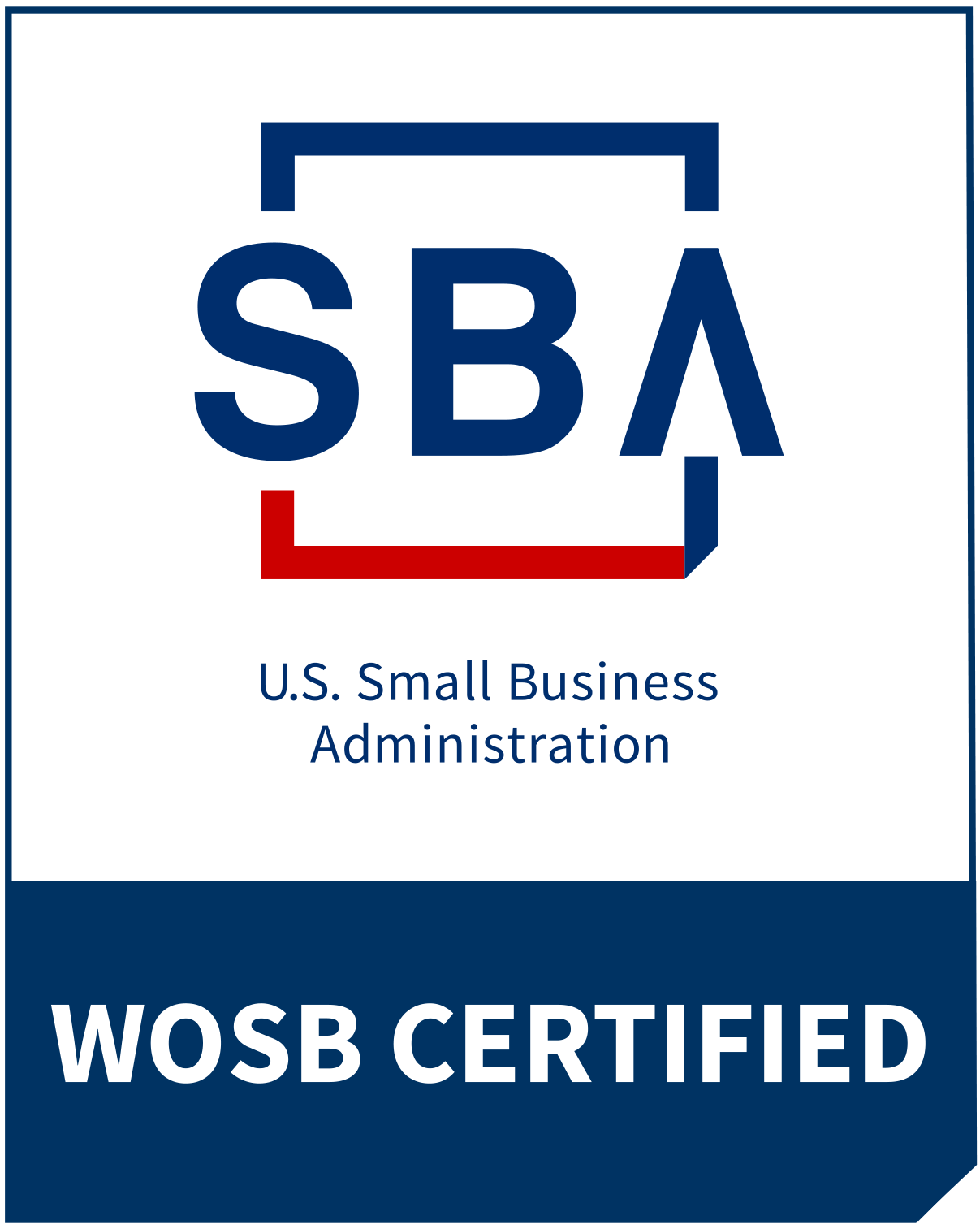Scaling Up: Base Hits Before Home Runs
- admin
- 0 Comments
- February 1, 2024
Scaling Up: Base Hits Before Home Runs
Picture this: You’ve nurtured your small business from a fledgling start-up into a successful venture. Sales are booming, your client list is growing, and you’re on the brink of expanding. Sounds perfect, right? But here’s a critical question – is your business truly ready to scale?
Scaling a business, especially in the service industry, is like adding extra floors to a building: it needs a strong foundation. Without the right systems in place, scaling too quickly can lead to a host of problems: overworked staff, diminished service quality, or even financial strain.
What’s the key to transforming chaotic early-stage operations into streamlined machines ready to handle an influx of new customers and revenue? Having key systems and organization in place first.
What Do We Mean by “Systems”?
Business systems are standardized processes, tools, and methodologies a company uses to operate efficiently and deliver consistent value to customers. They document institutional knowledge so you don’t have to rely solely on tribal knowledge or things existing only in the owner’s head. Think of systems as the ‘playbook’ for running your business smoothly.
Well-designed systems boost efficiency, consistency, profitability, and preparedness for growth. They also free up leaders’ time and mental bandwidth to work more strategically.
The Cost of Chaos
Scaling is not without its challenges, including maintaining quality during rapid growth, managing cash flow, and preserving company culture. However, the cost of not addressing chaos is steep!
According to a recent survey, 65% of small business owners say unclear processes and lack of systems are major obstacles to growth. Without organizational structure, scaling leads to confusion, profit leaks, poor customer experience, conflicts, and employee turnover. Owners also become overwhelmed trying to juggle too many responsibilities.
Some warning signs you may be growing too fast without proper systems include:
Customer complaints increasing
Suppliers and vendors paid late
Missed deadlines
Employee burnout
Leaders constantly putting out fires
Critical tasks falling through the cracks
Profitability decreasing
Ignoring these signs of inadequate systems can be risky, so let’s look at what needs to be in place to scale smoothly.
The Essential 10 for Scaling Up
Addressing these foundational elements will set you up for sustainable, manageable growth while avoiding frustration, profit leaks, and burnout.
1. Solid Business Plan and Strategy
Scaling requires a clear vision. Your business plan should outline your goals, target market, and competitive strategy. It’s not just about growing bigger; it’s about growing smarter.
Defining the guiding “why” behind your operations keeps leaders and employees grounded as activities multiply. Core values influence decisions at critical junctions when priorities compete for limited resources. Reminding the team of collective purpose breeds loyalty during rocky periods of transition and uncertainty inherent in scaling. Research affirms that employees who find their company’s mission meaningful take less sick time, report higher satisfaction with their employer and work-life balance, and even accept almost 25% less pay compared to industry averages.
2. Strong Financial Foundation
A study by the U.S. Bank found that 82% of businesses fail due to poor cash flow management. Ensure you have a robust financial system with enough reserves to support expansion.
3. Efficient Operational Processes
Systematize your operations. Document workflows and standardize procedures to ensure consistency and efficiency. Operational areas where efficient systems are necessary include client onboarding, product/service delivery, quality control, vendor management, inventory management, and key performance indicators/dashboards.
4. Reliable Technology Infrastructure
Invest in technology that can grow with your business. Cloud-based solutions are scalable and can adapt to your changing needs.
5. Skilled and Scalable Workforce
As your business grows, so should your team. Invest in training and hire versatile employees who can evolve with the company. Documented onboarding and ongoing training programs accelerate new team member productivity while embedding your culture. They also help retain top talent by demonstrating investment in growth opportunities to prevent stagnation.
6. Strong Customer Relationship Management
Your customers are critical to your business. Without them, you wouldn’t have a business. Implement a CRM system to manage customer interactions and maintain high service quality. Without a CRM, details slip through the cracks as your company grows. Customer frustration builds when they have to re-explain their needs and history to various employees. A CRM provides continuity even when personnel changes.
7. Effective Marketing and Sales Strategies
Scaling means reaching new markets. Develop marketing and sales strategies that can adapt to a more extensive customer base.
8. Compliance and Legal Structures
As businesses grow, they often face more regulatory scrutiny. Ensure your legal and compliance structures are robust.
9. Scalable Supply Chain Management
For service-based businesses, this could mean having a network of reliable subcontractors or suppliers who can handle increased demand.
10. Healthy Company Culture
A healthy company culture treats employees as the most valued asset, investing in their growth and well-being while also maintaining a shared mindset of constantly striving to improve processes, products, and customer experiences through feedback and innovation. This creates an engaged, loyal team committed to collective success.
Rapid scaling threatens to dilute carefully crafted company culture, so proactively developing shared values and norms preserves your foundation. Clarify expected behaviors and mindsets that reflect your principles to sustain high standards even as you onboard more employees. Intentional team-building and cross-department gatherings also strengthen connections.
Next Steps for Systematizing Your Business
If you recognize these warning signs in your company, take a deep breath. Map out a reasonable timeline to begin addressing one priority area at a time while operations run as usual.
Document current workflows, even if inefficient, so future developers understand which processes need improvement. Seek recommendations from other entrepreneurs who have navigated similar scaling challenges in your industry.
And remember that no high-performing company ever regrets investing in getting the right systems and culture solidified early. Doing so sets the stage for everything that follows.
The effort will pay dividends for years while your legacy as a founder lasts generations.
A well-scaled business is like a well-oiled machine. Efficient systems lead to improved customer experiences, enhanced reputation, and, ultimately, more clients. This efficiency also drives profitability by reducing waste and improving employee productivity.
Scaling your small business is an exciting journey, but it requires preparation. By ensuring these 10 essentials are in place, you’re not just growing your business; you’re elevating it to new heights. Remember, scaling is a marathon, not a sprint. Take the time to build a solid foundation, and your business will not only grow but thrive!
Is Your Business Growing But You Feel Like It’s Falling Apart?
Feeling the strain of business growth? You're not alone. Many successful businesses face these challenges. It's often the little things that cause big headaches. Suddenly, your tried-and-true methods don't work anymore, profits shrink, customers are complaining, and you're constantly firefighting.
The key lies in fine-tuning your systems to support your growth. My 3S Profit Optimizer framework helps to secure more clients, streamline operations, and supercharge scalability. I've helped numerous businesses overcome these hurdles, and I'd love to see how I can help you succeed.
Let’s minimize the growing pains and prevent them from reflecting poorly on your business. To learn how to have more freedom, more control, and more opportunities to earn income take action now and click below.
Related Posts

Tech Talent Walking? Here's Why




